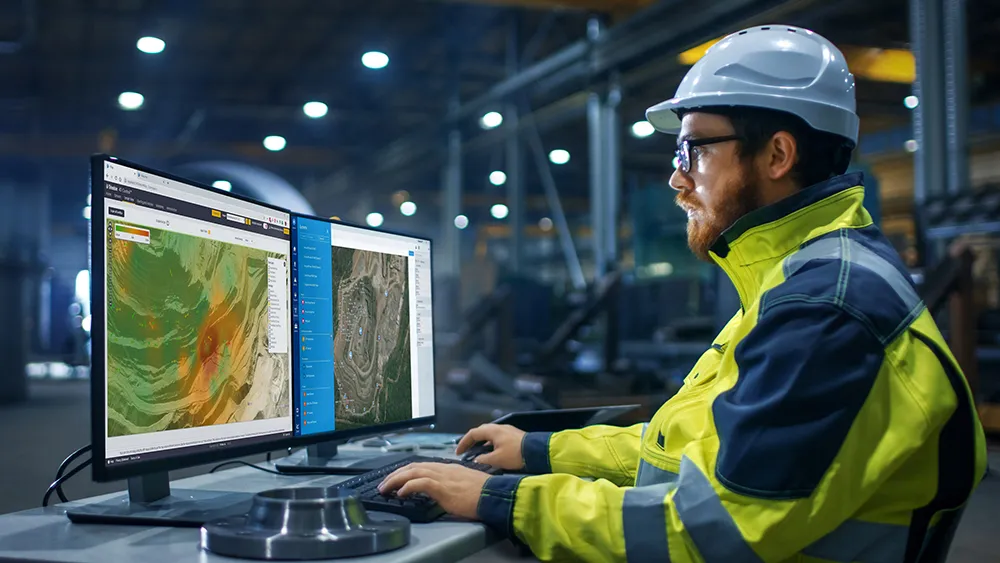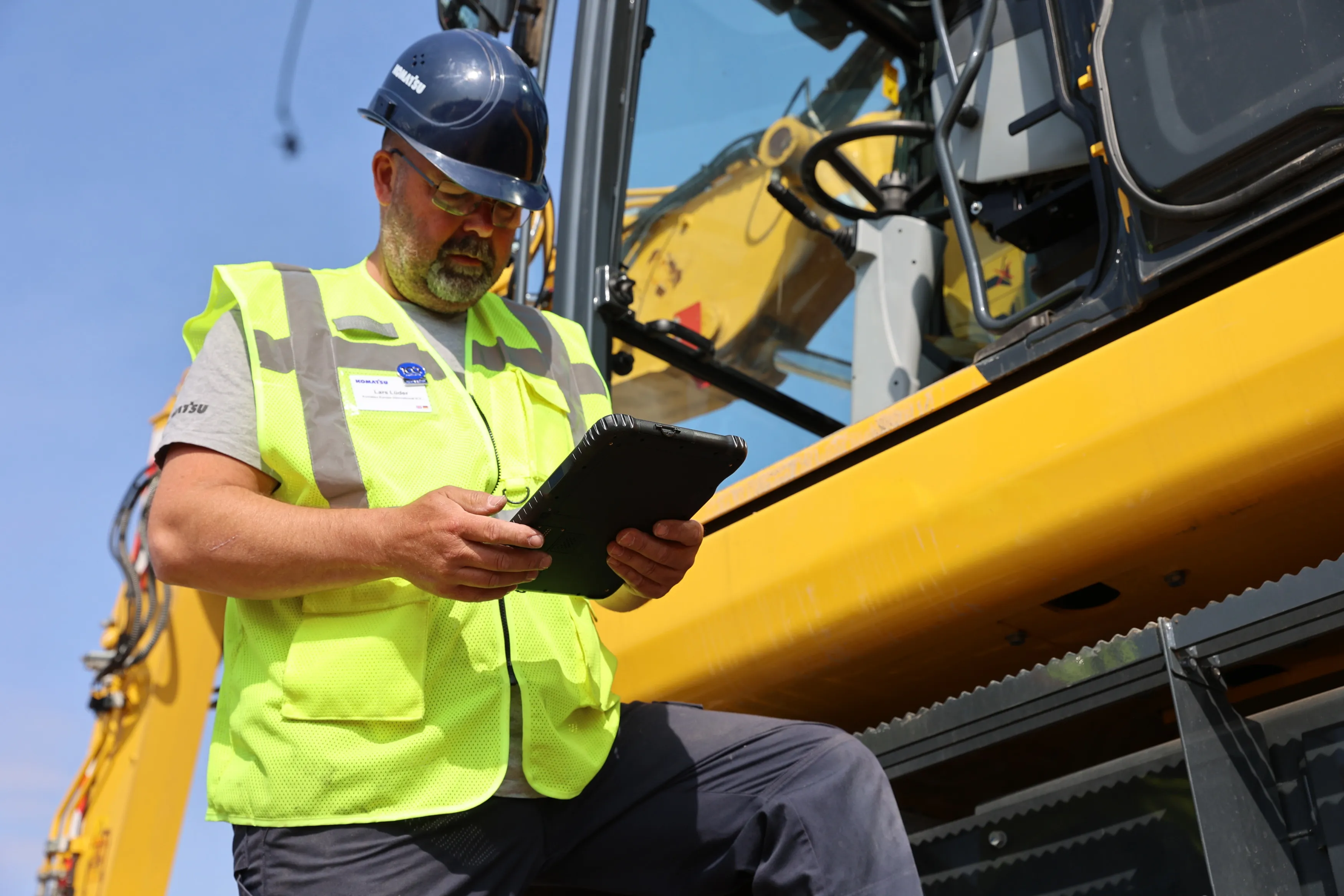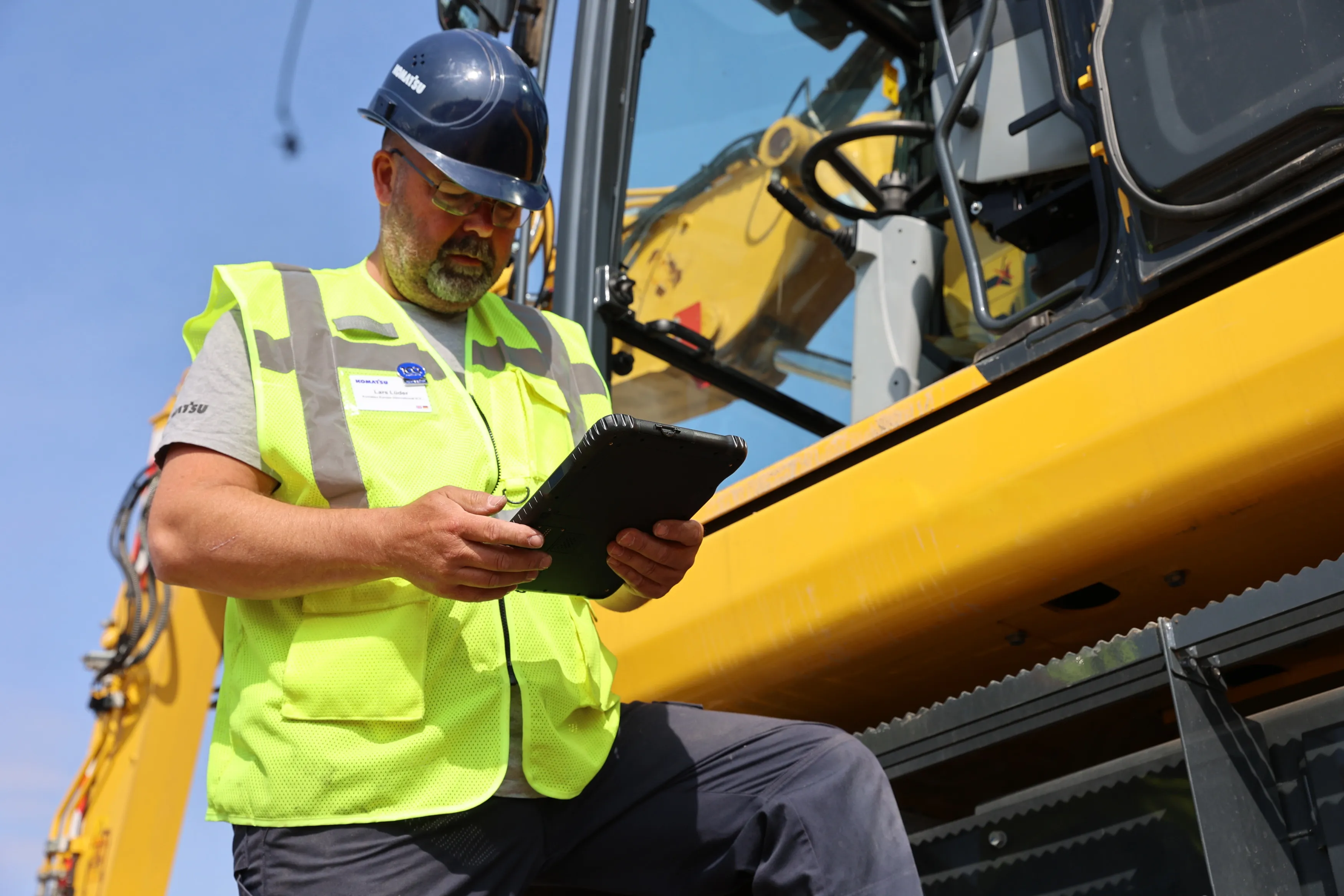
Trimble and GroundProbe are introducing a new tool that will enable geotechnical customers to purchase a comprehensive slope stability monitoring portfolio from a single point of contact. GroundProbe customers can also purchase Trimble monitoring solutions to complement GroundProbe's range of sensors and software.
The system can assess slope stability, with integration between Trimble and GroundProbe sensors and software for smooth data flow. Incorporating the necessary mine monitoring sensors into one environment helps professionals visualise a picture of site conditions to improve decision making on slope stability risks and site safety.
Efficiency, reliability and safety can be improved in extreme site conditions due to effective slope stability monitoring.









